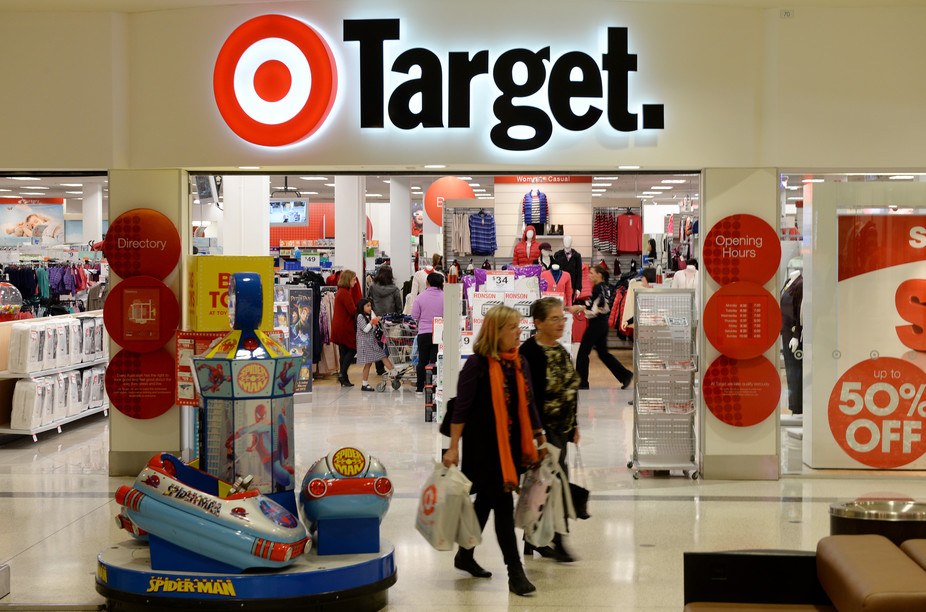Target Supply Chain Initiatives – Managing Suppliers
In the past few years Target has expanded its business into selling fresh produce, meat and other perishable food items. With being ‘out of stock’ being the main pain point Target has realized that to improve its supply chain they need to put efforts in streamlining their suppliers and vendors. In the latest series of measures taken by Target acceleration of supply chain operations is a key step. This would be achieved by managing the suppliers and vendors more efficiently by assessing them by pushing penalties and fines if they are not able to meet the delivery dates. Effective May 30th vendors and suppliers are looking at tighter deadlines for warehouse deliveries, heavier fines for late deliveries and up to $10,000 for inaccuracies in product information. So what are the implications of these measures??
Target’s supply chain: Target is competing with retailers like Walmart and Amazon and losing a customer because of an ‘out of stock’ means lost sales and sometimes lost customer as well. With tighter control and stricter measures for supplier deliveries Target intends to tackle this situation head on. Supplier will have to pay hefty fines for late deliveries which are a major cause of ‘out of stock’. Faster and more reliable deliveries would also enable Target to be leaner when it comes to carrying inventory thus increasing the inventory turnover, reducing obsolescence and wastage of perishable goods, low inventory carrying costs etc. An overall improvement in bottom line profits. But Target will have to make a good amount of investment in technology, supplier training, staff training for better information flow from one end of supply chain to another. Target has set aside a budget of $5 billion for technology and supply chain infrastructure improvements. All this accompanied together will increase Target’s supply chain reliability and hence a better stand in market with other retail giants.
Impact on Suppliers: Suppliers superficially seen are on the receiving end as they are the ones who have to deal with heavier monetary repercussions. But a tight supply chain is a smooth supply chain where all the members of the chain benefit by increasing overall supply chain profitability. Strict delivery schedules and promises leading to less ‘out of stock’ will result in more sales to the end customer and hence more sales and revenue for the supplier as well. After all, supplier also gains by selling more to Target. Precise visibility of delivery dates would also mean more precise demand planning and forecasting because of better information flow from Target using better technology to communicate information like current inventory status, future customer demand, upcoming events and sales promotions.
The customer :Customer is the winner in a competitive market. Where efforts like these make the businesses fight each other to gain/retain a customer by offering better services at better price. Customers would benefit by –
- getting an option to choose from where to buy, rather than being forced to buying from a particular seller because of limited availability
- reduced time to customer for orders placed online
- better service quality in terms of order fulfillment
Click here to read the entire article.


Leave a Reply